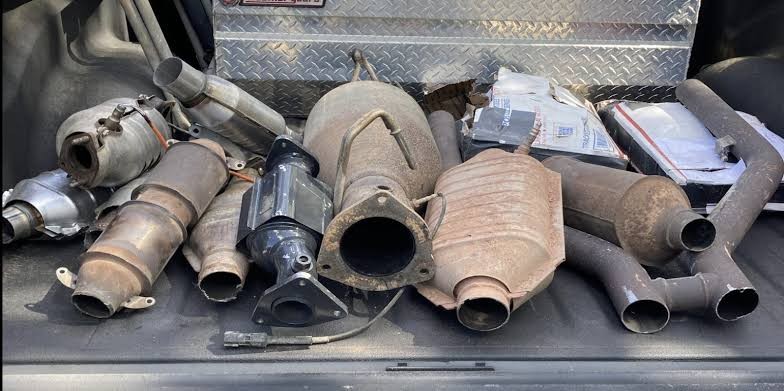The three-way catalytic converter is an innovative device in automotive engineering, reducing nitrogen oxides, carbon monoxide, and unburned hydrocarbons, contributing to cleaner air quality and meeting emission standards worldwide.
In the quest for cleaner and greener automotive technologies, the three-way catalytic converter stands as a remarkable engineering innovation. Designed to reduce harmful emissions from internal combustion engines, this marvel of automotive engineering has revolutionized the way we approach environmental sustainability. In this article, we delve into the inner workings of the three-way catalytic converter, uncovering its key components, operating principles, and its pivotal role in emission control.
Understanding the Three-Way Catalytic Converter:
The three-way catalytic converter is a sophisticated emissions control device located in the exhaust system of gasoline-powered vehicles. It owes its name to its ability to simultaneously address three primary pollutants: nitrogen oxides (NOx), carbon monoxide (CO), and unburned hydrocarbons (HC).
Key Components and Their Functions:
- Catalyst Substrate: At the heart of the three-way catalytic converter lies a honeycomb-like ceramic or metallic substrate coated with precious metals such as platinum, palladium, and rhodium. These metals act as catalysts, facilitating chemical reactions that convert harmful pollutants into less harmful substances.
- Reduction Catalyst: The reduction catalyst within the converter helps to convert nitrogen oxides (NOx) into nitrogen (N2) and oxygen (O2) through a process known as reduction. This reaction relies on the presence of a rich air-fuel mixture, where an excess of unburned hydrocarbons (HC) serves as a reducing agent.
- Oxidation Catalyst: Working in tandem with the reduction catalyst, the oxidation catalyst assists in converting carbon monoxide (CO) and unburned hydrocarbons (HC) into carbon dioxide (CO2) and water (H2O). This reaction takes place in an oxygen-rich environment, utilizing excess oxygen present in the exhaust gas.
Operating Principles:
- Air-Fuel Ratio Control: Achieving the ideal air-fuel ratio (stoichiometric ratio) is crucial for efficient catalytic converter operation. This ratio ensures optimal combustion and enables the reduction and oxidation catalysts to work effectively. Modern engine management systems precisely regulate the air-fuel mixture to maintain the stoichiometric conditions.
- Warm-Up Phase: During engine startup, the catalytic converter requires a certain temperature to reach its optimal operating efficiency. To expedite this warm-up phase, vehicles employ various techniques, such as air injection systems or electric heating elements, to elevate the exhaust gas temperature quickly.
Benefits and Limitations:
- Environmental Benefits: The three-way catalytic converter has significantly contributed to reducing harmful emissions from vehicles, helping to combat air pollution and improve overall air quality. It plays a crucial role in meeting stringent emission standards worldwide.
- Limitations: While highly effective in reducing NOx, CO, and HC emissions, the three-way catalytic converter has minimal impact on reducing carbon dioxide (CO2) emissions. As the converter requires a specific air-fuel ratio, it is sensitive to changes in fuel quality and may be less effective in reducing emissions during lean-burn or rich-burn conditions.
Conclusion:
The three-way catalytic converter serves as an environmental champion, mitigating the adverse impact of internal combustion engines on air quality. Through its remarkable ability to simultaneously reduce nitrogen oxides, carbon monoxide, and unburned hydrocarbons, it represents a pinnacle of automotive engineering ingenuity. As emission standards become increasingly stringent, further advancements in catalytic converter technology and integration with emerging propulsion systems will continue to pave the way towards a cleaner, more sustainable automotive future.

Comments (0)
Please login to join the discussion
Be the first to comment on this article!
Share your thoughts and start the discussion